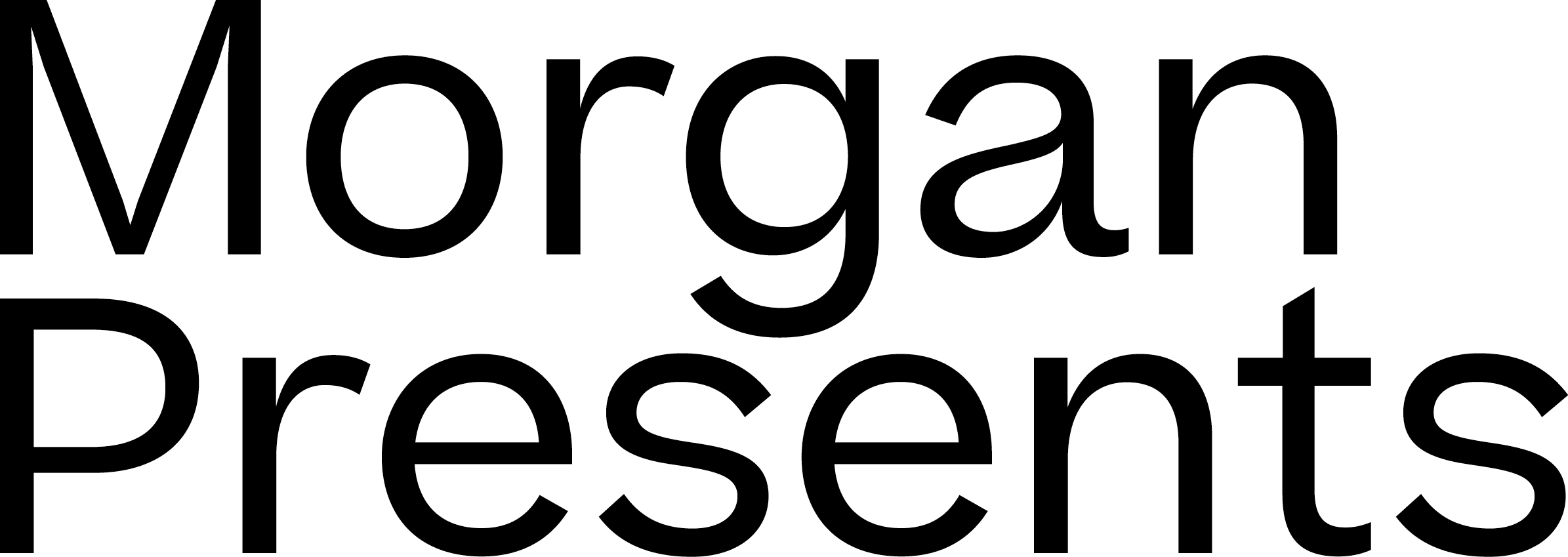This exhibition considers mark making—the gesture—as the primary basis for the construction of form. Considered as a group, these pictures of varying degrees of abstraction, turn our attention towards the mark as the fundamental expression of artistic authorship. Gesture does not exist autonomously, devoid and severed from context, but instead as a product or trace of a maker’s action—be that a smear, a deposit, or a clinically incised line partitioning the canvas.
Taking Form suggests a process of becoming. This is imperatively not a transformation from abstraction to legible figuration, but rather an architectural construction. Figurative legibility is tuned up and down as a dial, focusing and diluting the attention given towards pictorial composition, insisting that we instead prioritize the marks and gestures that compose these pictures.
The central concern of this exhibition is to assert a second axis of consideration beyond that of the legibility of composition and to turn our eye towards the material construction of paintings. This consideration shares more in common with the precepts of architecture and archeology, investigating the internal structure or form of how these pictures are assembled—in contrast to what each image depicts, or the narrative concerns of cinema.
Sigmar Polke’s gesture embraces chance, particularly in his injection of pigment across the resin substrate, encapsulating the alchemic spirit of the artist’s practice even when devoid of physical touch. The exhibited work served as the emblematic example of the artist’s practice illustrated in Peter Schjeldahl’s 1998 New Yorker essay on Polke. We may read Andy Warhol’s Jackie as the product of one sweeping mark—from the draw of the loaded silkscreen—infused with both the weight of impression and the velocity of movement. Produced one year after Guyton’s transition from paper to linen in 2006, Untitled reveals marks of interruption in which we can feel the tug of the linen against the gripping jaws of an inkjet printer.
Mark making is an essentially human concern. It is a traceable record of the artist’s hand, whether from physical impression or a gesture mediated through an instrument. The qualities of velocity, weight and touch are all to be found in the artist’s mark, and it is these concerns that form the framework for our second axis of consideration.

